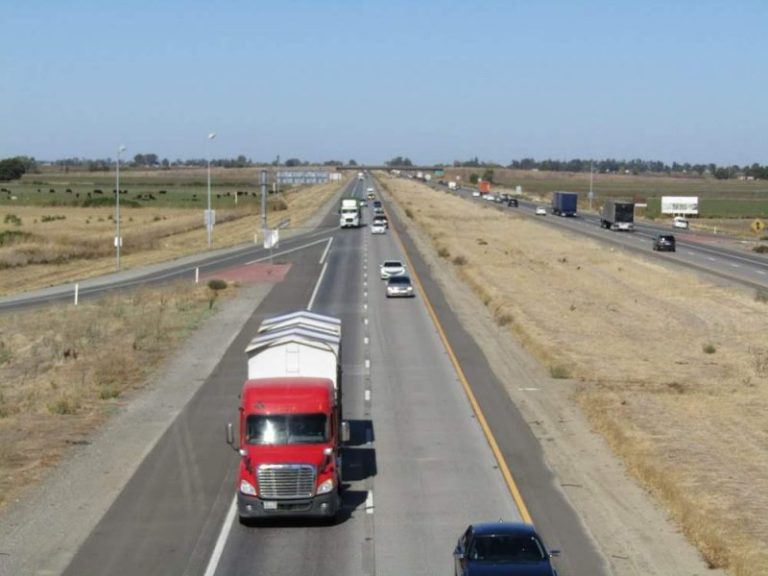What to Do If You Get Tired While Driving
Most everyone understands the risks of drowsy driving and strives to avoid it, but doing so often isn’t as simple as it sounds. Fatigue can be unpredictable, setting in at the worst times in the midst of long, tedious drives. Nobody can completely avoid drowsiness, but knowing how to respond to that drowsiness and stay safe while driving will make you significantly less likely to get into a drowsy driving accident.
Recognizing Signs of Drowsiness
Before you can respond to symptoms of drowsy driving, you need to be able to recognize them in yourself. If you exhibit any of these symptoms while driving, you’re no longer safe to drive, even if you’re close to your destination:
 Yawning, rubbing your eyes, or struggling to keep your head up.
Yawning, rubbing your eyes, or struggling to keep your head up.- Trying to “get comfortable” in your seat and shift driving positions.
- Missing signs, lights, or having no memory of your driving.
- Drifting between lanes or across rumble strips.
- Poorly controlling your speed/ slowly decelerating or accelerating.
- Getting too close to other vehicles and/ or tailgating.
How to Respond to Drowsiness
Once you’ve noticed fatigue while driving, you may be faced with the dilemma of wanting to be safe yet also needing to arrive at your destination quickly. The simplest way to balance schedule constraints and safety is to simply pull over and swap places with a more rested driver, giving you more than enough time to rest with minimal impact on when you’ll arrive. However, this isn’t always an option, especially for those who may be driving alone on their daily commutes or late at night when every capable driver in the vehicle may be similarly fatigued.
Instead, pulling over and taking at least a 45-minute nap is the best way to stave off drowsiness, as doing so can keep you energized and alert for several hours. Note that once you wake up, you shouldn’t start driving again right away. This is due to a concept known as sleep inertia, i.e. the grogginess you feel shortly after waking up. Choosing to drive while under the effects of sleep inertia is significantly worse than mundane drowsiness, so it’s vital that you give yourself 10-20 minutes to wake up before getting back onto the road.
If you don’t have enough time to take a nap, drinking coffee or energy supplements can technically stave off exhaustion. However, this is an inconsistent approach, as energy supplements take time to set in and will cause a crash at some point. Conversely, other methods to keep yourself awake, such as blasting the music, rolling your window down, or talking to passengers should be avoided at all costs. These methods will technically keep you awake, but won’t stave off the impairing effects of exhaustion, doing nothing to keep you safe.
Drowsy Driving Accidents in Arizona
Despite your best efforts, you may still get into a drowsy driving accident if you fail to notice signs of fatigue in yourself, or if another driver chooses to ignore their exhaustion recklessly. In either scenario, it’s vital that you talk to an Arizona auto accident attorney at (623) 321-0566 to learn more about how you can pursue compensation. ELG’s team of compassionate, local lawyers are ready and waiting to assist you, so be sure to contact us today to have all of your questions answered.
Law News Feed
All NewsWho Is Liable for Damages After a Truck Accident?
According to information from the National Highway Traffic Safety Association, more than 2,500 truck accidents occur each year in Arizona. It goes without sayin…
Common Injuries After a Motorcycle Accident
Motorcycle accidents kill or severely injure individuals more frequently than any other type of crash, resulting in immense amounts of suffering and financial d…

